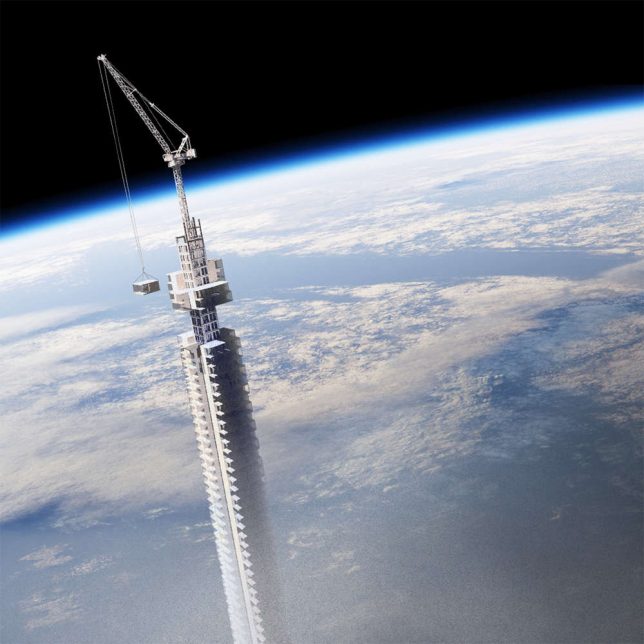NASA has released pictures taken by the OSIRIS-REx spacecraft that show the moment it touched down on the Bennu asteroid 200 million miles from Earth. The craft left Cape Canaveral a little over four years ago with the aim of intersecting the asteroid, and landed on the surface within three feet of the intended target on 20th October.
 |
As the craft approached the asteroid its SamCam camera captured images at a rate of one every 1.25 seconds, recording the successful touch-down and the lift-off just six seconds later. While in contact with the surface OSIRIS-Rex used its Touch-And-Go Sample Acquisition Mechanism (TAGSAM) arm to collect samples of materials which it will bring back to Earth for analysis in March next year. The arm blasts the surface with pure nitrogen to force materials into the collecting chamber with the target of bringing back 60g of samples.
 |
The aim of the mission and the sample collection is to help scientists learn more about the creation of the solar system and to see if organic molecules like those that make-up life on Earth can be detected. NASA says the value of this mission will be that it will be able to study materials that haven’t been subjected to the harsh process of entering the Earth’s atmosphere.
 |
‘The O in OSIRIS-REx stands for Origins – understanding the origins of the solar system, which includes the origin of life on Earth. Bennu, the target of the OSIRIS-REx mission, will help us answer important astrobiology questions such as the role asteroids may have played in delivering life-forming compounds to Earth. It is a primitive carbonaceous asteroid that holds the record of our solar system’s earliest history.’
SamCam is only one of three cameras attached to the craft, the others being PolyCam which has an 8in telescope and was responsible for spotting the asteroid, and MapCam which checks the area on which the craft is to land.
The 82-image timelapse of the touch-and-go event shown here was taken over a five minute period, beginning when the craft was 82 feet from the surface and ending when it had backed away to 43 feet. It’s very cool but I have to say, if I’d driven all that way I would have shot it in color!
Here’s a video about how the craft approached the asteroid and mapped out the landing site.
For more information on the OSIRIS-REx mission visit the NASA website.
Articles: Digital Photography Review (dpreview.com)









You must be logged in to post a comment.